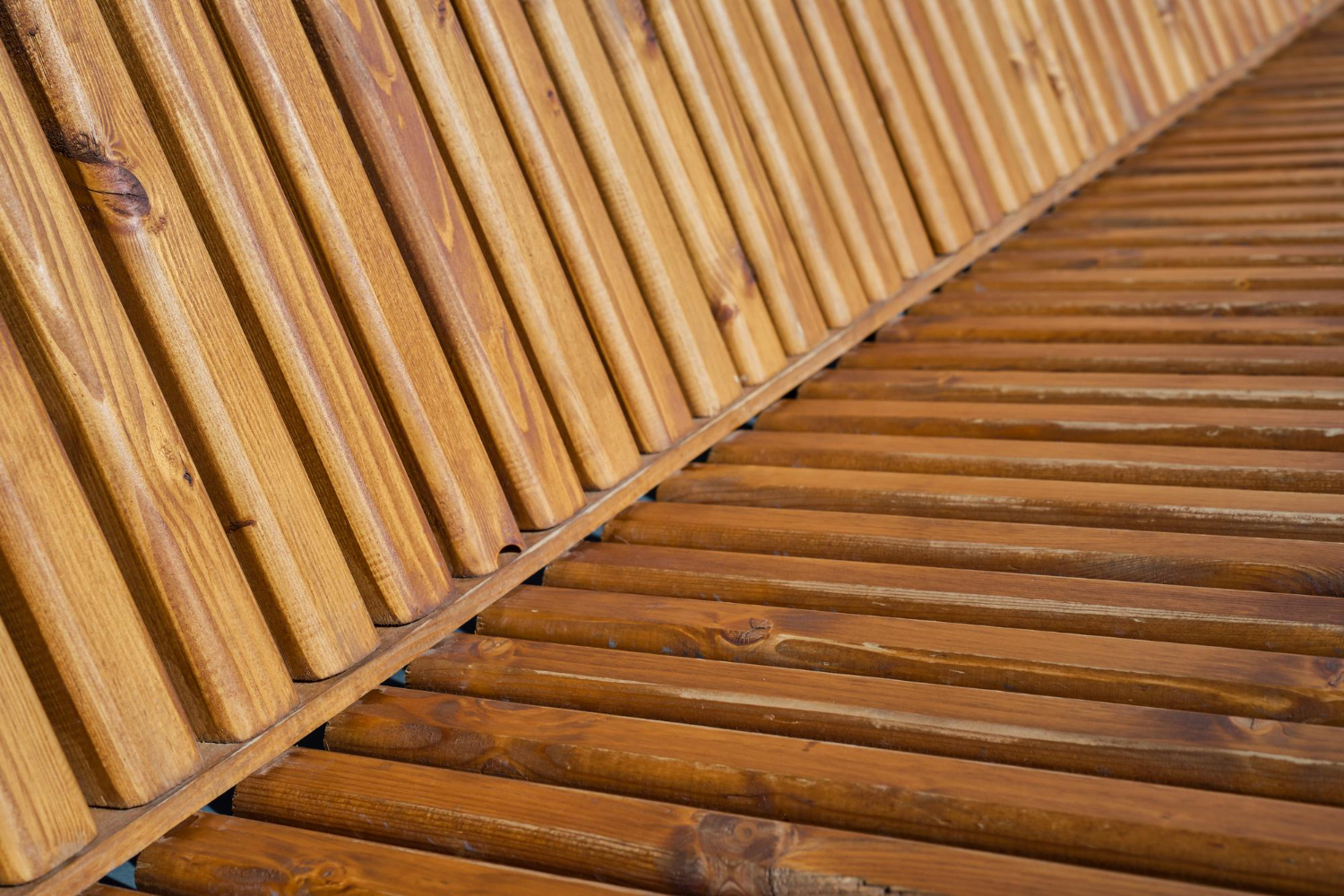Pressure-treated lumber is a type of wood that has been treated with preservatives to increase its resistance to rot and decay.
This process is often used for building decks, fences, and other outdoor structures. In this blog post, we will discuss the history of pressure-treated wood, how it is chemically treated, what its benefits are, and how it is used in various applications.
History of Pressure-Treated Wood

Pressure-treated wood was first developed in the 1930s by scientists who were looking for ways to preserve wood from rot and decay caused by insects and fungus.
The process involves subjecting the lumber to high pressure along with a chemical treatment that helps protect it against rot, decay, and other damage caused by moisture or pests such as termites.
The process was improved over time as more effective preservatives were developed. Today, most pressure-treated lumber is made from southern yellow pine since it is readily available and easy to work with.
Chemical Treatment Process of Pressure-Treated Wood
The chemical treatment process begins by placing the wood into a large tank filled with water and one or more preservative chemicals.
The tank is then pressurized which forces the preservatives deep into the wood fibers where they form a bond with them.
After the treatment process is complete, the lumber must undergo rigorous testing to ensure that it meets safety standards set forth by regulatory bodies like ASTM International (formerly known as the American Society for Testing Materials).
The pressure-treated process is a laborious and delicate one, where the wood being treated must go through several steps to ensure effectiveness. Once the lumber is placed into the tank with its preservatives, the tank is then pressurized.
This puts an immense amount of force on the treatment chemicals, forcing them into every nook and cranny of the wood fibers. By bonding with those fragile fibers, a protective layer has formed that guard against potential hazards like decay or rot.
After completion of this chemical process, each piece needs to be examined and tested before being certified as safe by organizations like ASTM International.
This detailed process takes patience and precision but ultimately results in durable, long-lasting lumber that can stand up against anything Mother Nature has to offer.
Uses of Pressure-Treated Wood
Pressure-treated lumber is the ideal choice for any project that requires a high degree of durability and resistance to rot, decay fungi, termites, and more.
Whether you’re constructing an outdoor deck or fence, a dock or gazebo, garden furniture, or indoor stud walls or floor joists, pressure-treated lumber can handle the job without containing hazardous materials like CCA-treated (Chromated Copper Arsenate) lumber does.
Additionally, you can paint or stain the pressure-treated lumber for a custom look if desired for added flair in any application. Pressure-treated lumber is thus an indispensable material when it comes to your construction projects.
Conclusion
Pressure-treated wood has been around since the 1930s when scientists discovered ways to treat the wood so that it would last longer outdoors without rotting or decaying due to moisture or pests like termites.
The treatment process consists of pressurizing a tank filled with water and one or more chemical preservatives which are forced deep into the fibers of the wood where they form a bond with them.